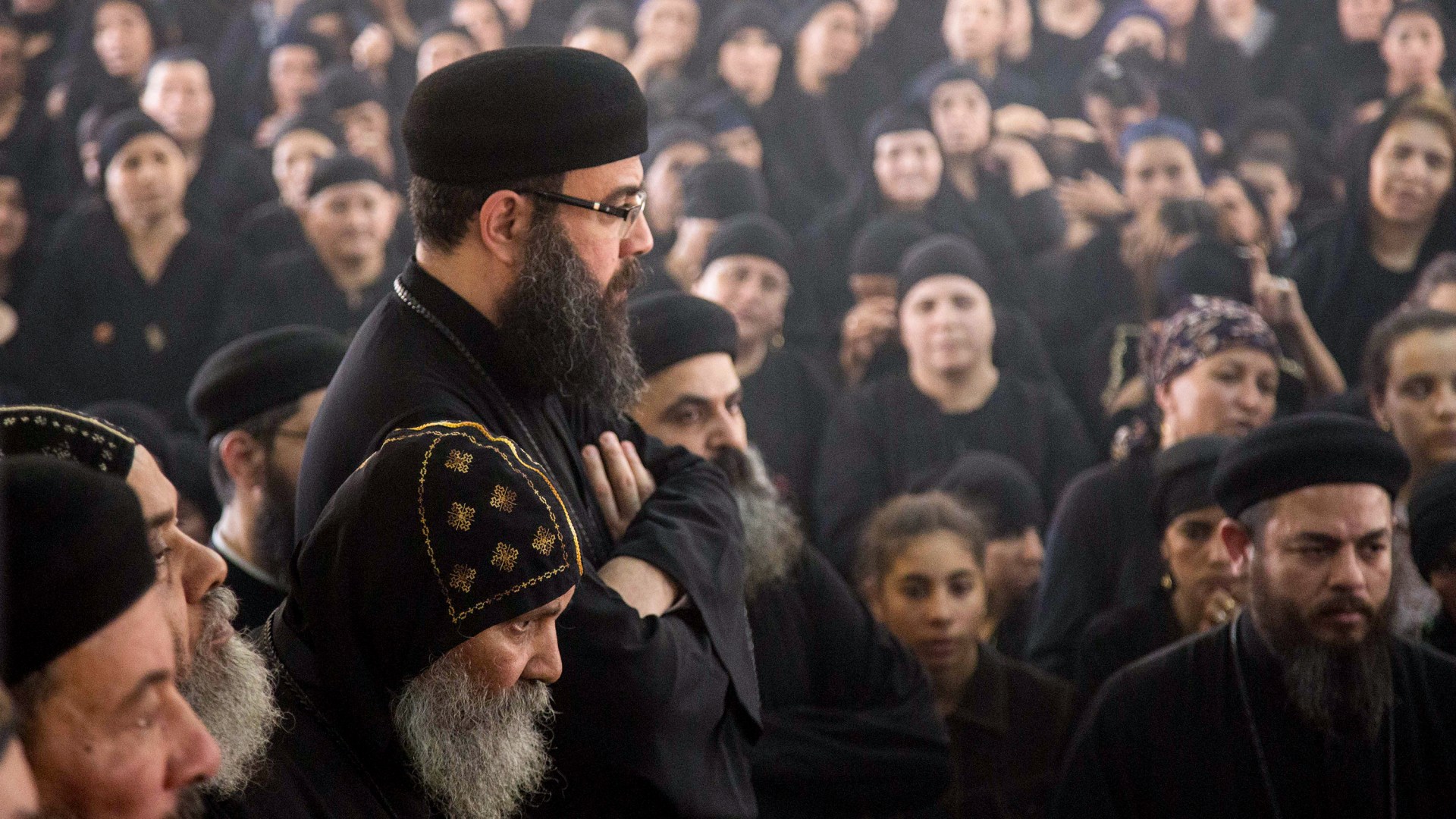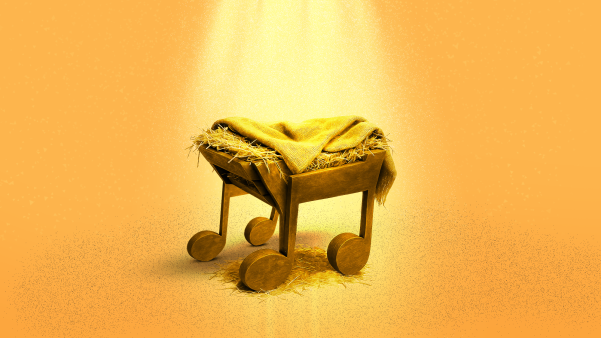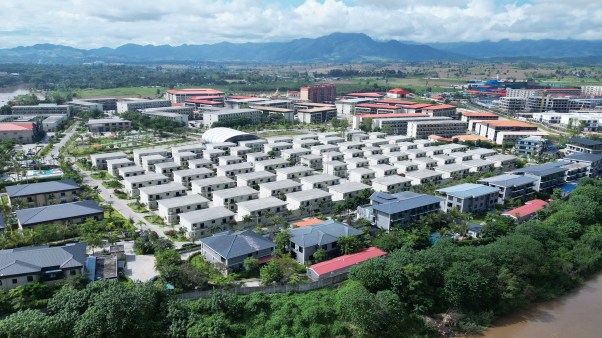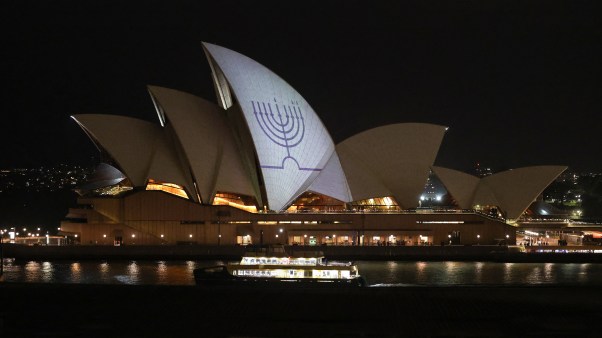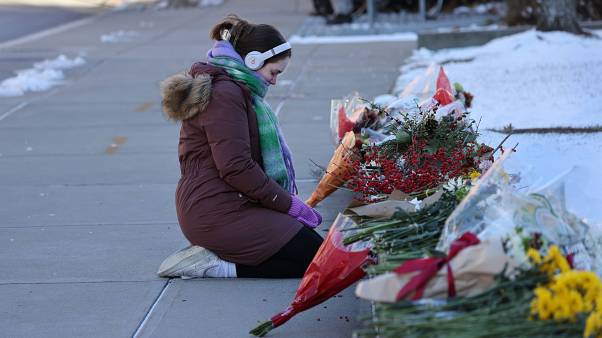The Coptic Orthodox church marks time by its martyrs. Its ecclesial calendar begins in AD 284, year 1 Anno Martyrii (Year of the Martyrs), when Emperor Diocletian ascended to the throne and put 800,000 Egyptian Christians to death, according to tradition. The most famous martyr of this era, military leader Saint Maurice, famously defied commands to kill fellow Christians, only for the emperor to murder his legion of over 6,000 soldiers.
Persecution waned after Constantine declared Christianity the Roman Empire’s official religion. But during the Byzantine era, some emperors imposed the largely European understanding of Christology upon what eventually became an Oriental Orthodox church. Subsequent Islamic rule restored the Coptic patriarch and provided some religious toleration. But it also legally established Christians as second-class citizens, known as dhimmis. The number of martyrs declined, but the Middle Age Mamluk era was particularly violent.
Coptic fortunes fluctuated during the Ottoman and colonial eras, giving way to a modern state that has struggled to define the balance between equal citizenship and a Muslim majority. Among other incidents, in 2000 in the village of Kosheh, rioters killed 20 Copts following a disagreement between a Muslim and a Christian shopkeeper. After the New Year’s Eve service in 2010 in the Mediterranean city of Alexandria, a car bomb outside a church killed 21. And in 2015 in Libya, ISIS beheaded 20 Copts and one Ghanaian Christian.
Fearing the Muslim Brotherhood’s rise following the 2011 Arab Spring, 100,000 Copts fled Egypt to the US, quadrupling the size of the local diaspora. Large communities exist also in Canada, France, and Australia. Egypt ranks No. 40 on Open Doors’ World Watch List of countries where it is hardest to be a Christian. Similar reports and subsequent immigration have contributed to a common assumption that Copts experience constant persecution.
The story is far more nuanced than the flight from religious intolerance, however, says anthropologist Candace Lukasik. Her book, Martyrs and Migrants, represents 24 months of fieldwork among Upper Egyptian Copts, transnational Orthodox clergy, and recent immigrants to the United States. Not only do most Copts emigrate for reasons other than persecution, she told CT; upon arrival they often trade one set of difficulties for another.
Born a Polish Catholic in Buffalo, New York, Lukasik, assistant professor of religion at Mississippi State University, reencountered God in the Coptic Orthodox church and was baptized into its faith in 2012. Through her encounters with the church in Egypt, she believes the Coptic tradition offers tools for all believers to understand and confront the suffering and hardship of everyday life. This interview has been edited and condensed.
Why does the Coptic Orthodox Church emphasize martyrdom?
For Coptic Christians, the blood of martyrs symbolizes both Christ’s triumph over death and an eternal spiritual belonging in the body of Christ. The Coptic calendar notably doesn’t begin with Christ’s birth or the start of Christian Egypt. Instead, it starts with the Era of the Martyrs, commemorating the widespread persecution of Christians under the Roman emperor Diocletian.
During the early Islamic expansion in Egypt, stories of martyrs and persecution became crucial for the Coptic church to maintain its institutional strength as the community’s social structure evolved. And new martyrs are incorporated into the Coptic Orthodox Church’s Synaxarium, or Life of the Saints, and linked to the sacrifice of Christ on the cross. These stories of saints serve as powerful reminders of Coptic identity and reinforce their resilience and distinctiveness, whether under Arab and Islamic rule or other governments.
Coptic Christianity is a perpetually minority tradition, and Copts practice their faith through this orientation. Yet martyrdom not only is more than a symbol to give meaning to suffering and death; it represents a way of life that entails everyday sacrifice and deep connection to God.
What does this sacrifice mean for ordinary Copts?
It takes on different forms depending on social status. A middle-class Copt in Cairo experiences everyday martyrdom quite differently than an agricultural worker in rural Upper Egypt. For the former, Copts may be discriminated against at university, such as in biased grading, or face difficulties at work, such as exclusion from positions of leadership.
For the latter, arguments with a Muslim neighbor over something ordinary like purchasing vegetables sometimes take on religious dimensions that lead to assault or even murder. These cases are complicated in that all of Egypt’s poor are marginalized, but for the Copt it may be additionally difficult to seek equal justice.
Overall, whether deeply religious or rarely going to church, Copts in both categories see themselves as part of a long tradition of Christian witness and interpret their everyday sufferings as forms of martyrdom. And many then proceed to describe themselves as second-class citizens.
Some Copts and many Muslims say instead that Christians are equal citizens. What is the reality of persecution in Egypt?
There is a perception of persecution that describes it as happening nonstop, but the reality is not as obvious. It exists within the balance between friendship and conflict. In one instance a Muslim mother might tell her child, “Don’t eat in that Christian home because they’ll poison you,” yet she might also take her child to the church to receive blessings from a certain saint.
Focusing on incidents of violence alone can obscure these nuances. These examples happen and are terrible. But in everyday life, Copts experience what the West calls microaggressions. A teacher in Upper Egypt related how Islamic culture impacts Christian life—the Quran is memorized in Arabic language classes, for example, while Muslim phrases might be inserted alongside daily repetition of national slogans. Children are sometimes scolded if they don’t join in.
He [the teacher] then asked me, “Candace, what is the greatest miracle you have seen in Egypt?” I thought he was changing the subject. But he said, “We [Christians] are still living here, in the middle of this society. Every time I think about emigrating, I think about what would happen to Egypt after I left.”
His answer makes me emotional. The struggle for Christian presence in the Middle East is so difficult. Violence, war, or the economy—there are many factors separating these ancient Christian communities from their sacred homelands.
In what ways do Muslims and Christians work together?
Everyday interactions over mundane issues like electricity costs and educational fees bring Muslims and Christians together. Ordinary life makes them accountable to one another in overcoming such difficulties—perhaps by sharing tutoring lessons or rides to work or school.
At the national level, formal interfaith initiatives look like a priest and a sheikh shaking hands at a national unity conference, which from the outside appears very hopeful. And there is institutional cooperation between the church hierarchy and the leadership of al-Azhar [University], the leading center of learning in the Sunni Muslim world.
But these interactions tend to mean very little to Copts, who often describe them as a political performance. Their understanding of this type of cooperation is necessarily balanced by news that a Copt had his throat split because he owned a liquor store. These dueling frames—communal exchange and incidents of violence—bracket and impact the normal Coptic experience with their Muslim neighbors.
Say more about these dueling frames.
During my research, I spent time with Coptic landowning families in Upper Egypt and became very close with one family. One evening, we sat in their garden, and as I conversed with Jackleen, the matriarch, a man approached. The family needed some water from the nearby market, so Jackleen asked him whether it would be possible to grab some for us.
After the man left, Jackleen turned toward me and said, “That’s Ahmed. His entire family has worked for us in agriculture. He’s Muslim, but I swear to you, he has gone to the Virgin Mary Church nearby and brought blessed bread back for us. No one at the church looks at him strangely because they know he is a part of our family. He even enjoys eating it with us.”
The next evening, we had dinner together again, and Ahmed stopped by right before the breaking of the fast for Ramadan. “Do you need anything?” he asked Jackleen. “No, thank you, Ahmed,” Jackleen replied. She turned toward me and said, “He checks on us every night because he just wants to make sure we’re okay. He’s an educated Muslim and knows the faith well.”
But an hour later at dusk, the call to prayer started loudly from the small mosque next door to signal the breaking of the fast. As if to signal to me her disgust, Jackleen then held her hands over her ears and grimaced.
It was puzzling at first. She is closely connected to Ahmed but also to the mosque. With one there is a relationship while the other is a nuisance, a reminder of Islamic imposition.
I noticed the same when Jackleen would smile describing her Muslim friends and their shopping excursions. But when she told me about her relatives in North Carolina, her disposition changed. “Why do they allow Muslims into America?” she said. “My sister says that they are taking over whole neighborhoods near her. You think that you’d be able to escape them after leaving Egypt!”
What influences these attitudes?
I think timing is one factor. Jackleen held her hands over her ears in 2017, not long after the attack that killed dozens of Coptic pilgrims on a bus going to visit the desert monastery of Saint Samuel the Confessor. The theology of martyrdom shapes how Copts see such incidents.
But so does the politicization of the persecution narrative in America. Many people in Upper Egypt have a smartphone and receive on social media translated reports from Fox News from their relatives. Unfortunately, often these are the only outlets that talk about Coptic difficulties.
How is Coptic martyrdom interpreted by American Christians?
One particularly radical example came the day before the US Capitol insurrection on January 6, 2021. Conservative evangelical author Eric Metaxas tweeted an image of the 21 martyrs beheaded in Libya, with the caption “What price are you willing to pay for what you believe in?”
The parallel was clear for Metaxas’ followers, many of whom were angry over the loss of Trump in the 2020 election—their struggle to save America from liberal peril was comparable to the witness of the Coptic martyrs. The arrangement presented both as persecuted innocents, victims of religious and political intolerance.
But Metaxas is part of a broader narrative in right-wing media that employs Coptic suffering to demonize Muslims as a whole—and diaspora Copts sometimes participate. For example, on September 11, 2010, conservative activists staged a protest against a planned Muslim community center next to the site of the World Trade Center. It featured Joseph Abdelmasih, founder of a Christian satellite-television station, who held up a bloodied image of a man from that year’s Nag Hammadi Christmas massacre.
“This is one of our dear friends in Egypt [killed] … in the name of Islam,” he said, then pointed back to the site of the World Trade Center. “Three thousand persons burned here, and in the same area they need to build a mosque! … I know the truth because I’m from Egypt … Wake up, America! … Stop [the] Islamization of America!”
What is the effect of this narrative in Egypt?
American instrumentalization of global Christian suffering is nothing new, but it has produced a fraught predicament for the transnational Coptic community. Between 1996 and 1998, discussions around the International Religious Freedom Act (IRFA) took shape, bringing together Middle Eastern Christian activists, American religious leaders, and politicians. A special waiver ensures the US government does not sanction important geopolitical allies and economic partners for their violations of religious freedom protocols. But the act presented a challenge for Copts in Egypt.
One Coptic member of parliament [in 1998] said in an article that IRFA was a new form of imperial interference that would impact Christian-Muslim relations and was actually “stabbing Copts in the heart.”
And in the late 1970s during negotiations for the Camp David peace accords with Israel, activists in the Coptic diaspora publicized anti-Christian violence and discrimination in Egypt. During this tumultuous period, it was reported that President Anwar Sadat would repeatedly complain, saying, “Why do these Copts want to turn the Christians of the world against me and Egypt?”
Have these initiatives contributed to violence against Christians?
I cannot authoritatively say one way or the other. How is that measurable? But shortly after the beheading of the 21 martyrs on the shores of Libya, ISIS released its newsletter entitled “Revenge for the Muslim Women Persecuted by the Coptic Crusaders of Egypt.”
This framing can only take shape if Copts are viewed as part of Western Christianity and not an essential part of Egypt. It was similar under British colonial rule, when Copts were accused of being part of the “Christian” colonial regime.
An added layer to these perspectives on anti-Christian violence is how some Copts in Egypt describe how they play into this narrative. Early in my research I wanted to find out the root causes of violence against Christians in Egypt. When I asked about emigration, the two reasons that predominated were economic and a desire for greater freedom.
But one person I spoke with told me that to receive sympathy from the US consular officer, “We [as Christians] use persecution as a frame for our situation in order to travel to America.”
Most Copts have not experienced a shooting or bombing. They simply want a better life, and aside from economic factors, their desire is for freedom from the sense of Christian marginalization. Alongside these observations, I also have a visceral reaction to those who say that Copts are equal citizens in a spirit of national unity. I take offense because it is the commonality of nonspectacular negative interactions that shows how difficult it is to be a Christian in Egypt.
What is the US like for diaspora Copts?
Even though the US offers the promise of freedom, justice, and spiritual witness, many Copts express surprise that their experience of migration is also a form of sacrifice. Not only do they lose their sense of belonging; some also encounter racial discrimination and poverty—along with immigrating Muslims.
They expected America to be a Christian country where they could religiously, socially, and economically flourish, but wind up discovering a major paradox: While American evangelicals appreciate the martyrs, many view living Copts as heretics. It is the spilled blood that enters them into a Western Christian conception of the global Christian community and not specifically their Coptic Orthodox faith.
Yet despite these new struggles, the richness of their tradition still sustains them, as it has through other experiences of historic marginalization.
What can Americans learn from the Copts?
Evangelicals often say, “We’ve strayed from the early church.” But Coptic Christians are part of that early church. Why not invite them to your congregation to learn from their ancient faith? Coptic Orthodoxy is a continual orientation to humility and mystery. Coptic youth sometimes complain about their priests always telling them, “Turn the other cheek.”
But martyrdom—in life or death—is resistance to the egocentric ways of the world. It is not a passive act but a vital witness to Christ and the power of the Resurrection. As Bishop Youssef of the Coptic Orthodox Diocese of the Southern US noted on the 21 martyrs of Libya, “The challenge of understanding martyrdom is two fold: first to bring honor to our Lord through a willingness to die for our beloved Coptic Christianity; second it is to spread our faith through the world with the blood of the martyr.”

